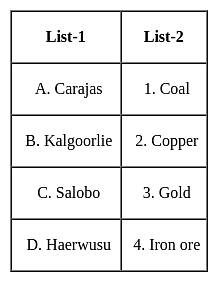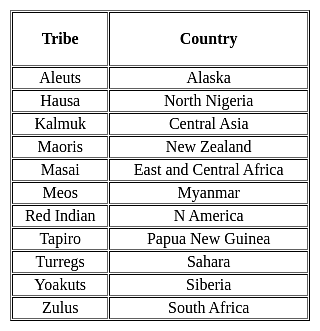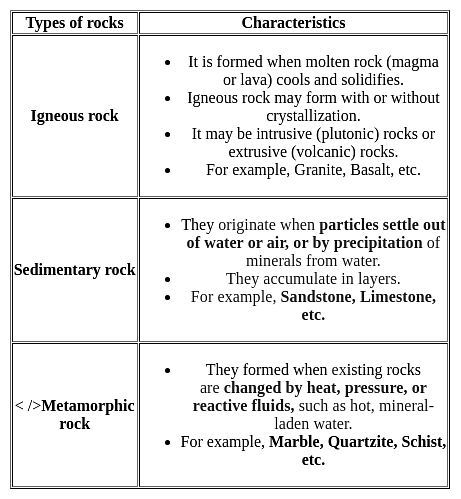MH SET Paper 2 Mock Test - 6 (Geography) - MAHA TET MCQ
30 Questions MCQ Test MH SET Mock Test Series 2024 - MH SET Paper 2 Mock Test - 6 (Geography)
In the ancient period the boundaries developed as the
Consider the following statements regarding the transport sector:
1. The value of the material is significantly enhanced by transportation.
2. In selecting the mode of transport, distance, in terms of time or cost, is the determining factor.
3. Isochrone lines are drawn on a map to join places equal in terms of the time taken to reach them.
Which of the above statements is/are not correct?
| 1 Crore+ students have signed up on EduRev. Have you? Download the App |
Given below are two statements. One is labelled as Assertion (A) and the other is labelled as Reason (R).
Assertion (A): India is the second largest irrigated country in the world.
Reason (R): The whole country of India is fully irrigated.
Select the correct answer from options given below:
Identify the option that arranges the following states' literacy rates in descending order, according to Census 2011.
A. Kerala
B. Himachal Pradesh
C. Haryana
i. The type of society has strong influence over the environment .
ii. Human characteristics have impact on the environment.
iii. Education is a key factor on people’s view of life.
iv. Ecosystem services are important for human well-being.
Choose the correct option from below:
Consider the following statements:
1. Population composition refers to the structure of the population.
2. India has a triangular population pyramid.
Which of the statements given above is/are correct?
____________ predominantly acts as the agent of chemical erosion of soil.
Which of the following statements is correct?
(1) The Oceanic crust is thinner as compared to the continental crust.
(2) Topmost layer of the Mantle is known as the Asthenosphere.
(3) The density of the outer core is higher than that of the inner core.
(4) The core is made up of heavy materials like Iron and Nickel.
Given below are two statements, one is labelled as Assertion (A) and the other is labelled as Reason (R). Read the statements and choose the correct answer using the code given below.
Assertion (A) :
Reason (R) : Prices and demand of real increases as distance towards CBD reduces.
The first nuclear reactor of India is named
a) The Geographical Pivot of History was written by Sir Halford Mackinder in the year 1904
b) According to Spykman, aerial mobility is the new type of geopolitical structure.
Which of the following options are correct?
Which of the following options is Incorrect?
For whom it has been rightly remarked that he followed the precedent of Humboldt, attempted to revive the close connection of geography to natural sciences, and at the same time restored the Ritterian tradition and sought to fulfil the methodology of Peschel.
Which of the following is NOT a theme that influenced Ratzel's work?
Assertion (A)- Ocean currents highly affect fishing, marine organisms.
Reason(R)- Mixing of the ocean currents leads to a phenomenon that suitable for the fishes.
Choose the correct option:
Match the following mining regions for which it is famous for :

Select the correct code :
|
60 tests
|



















